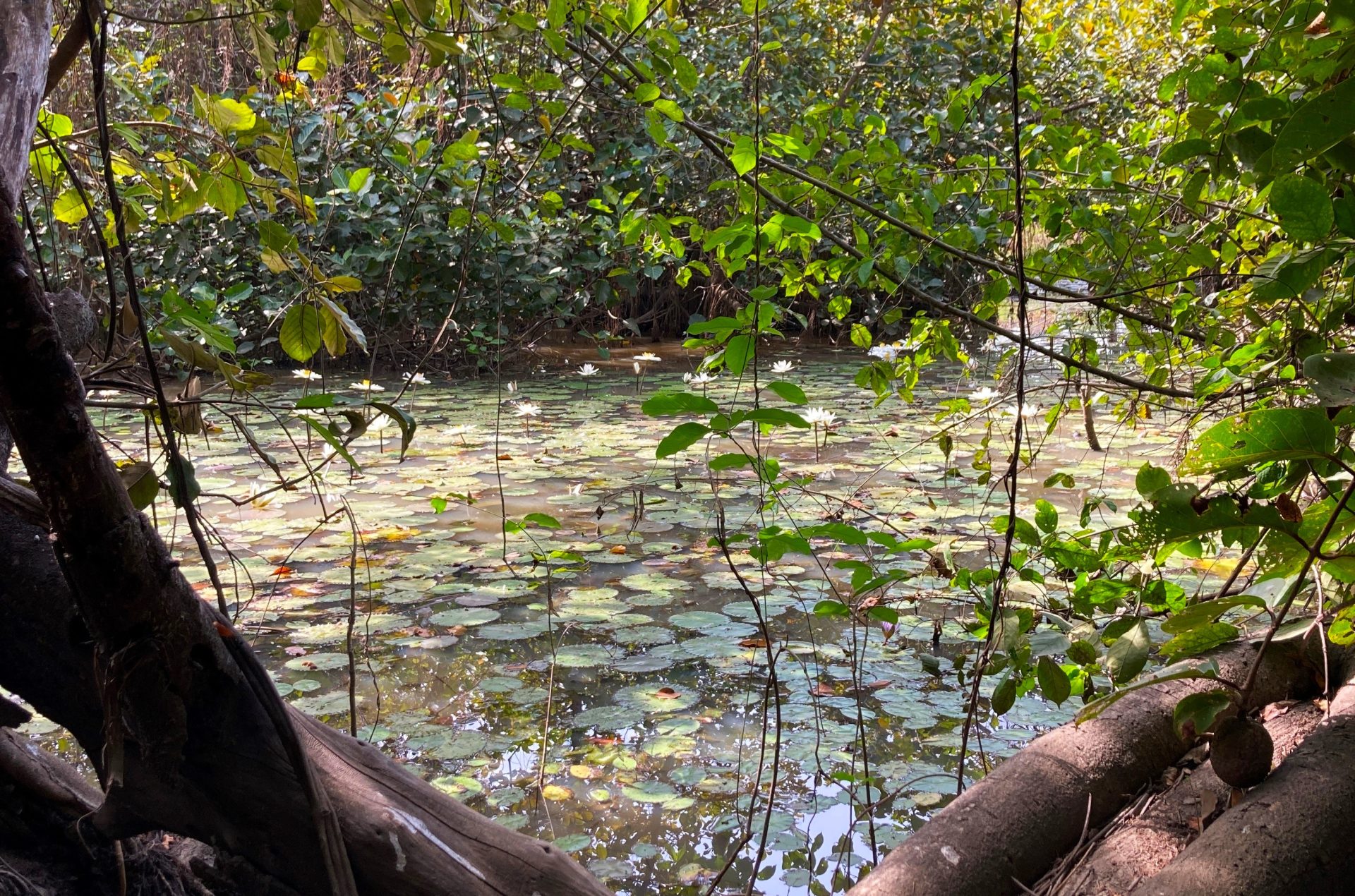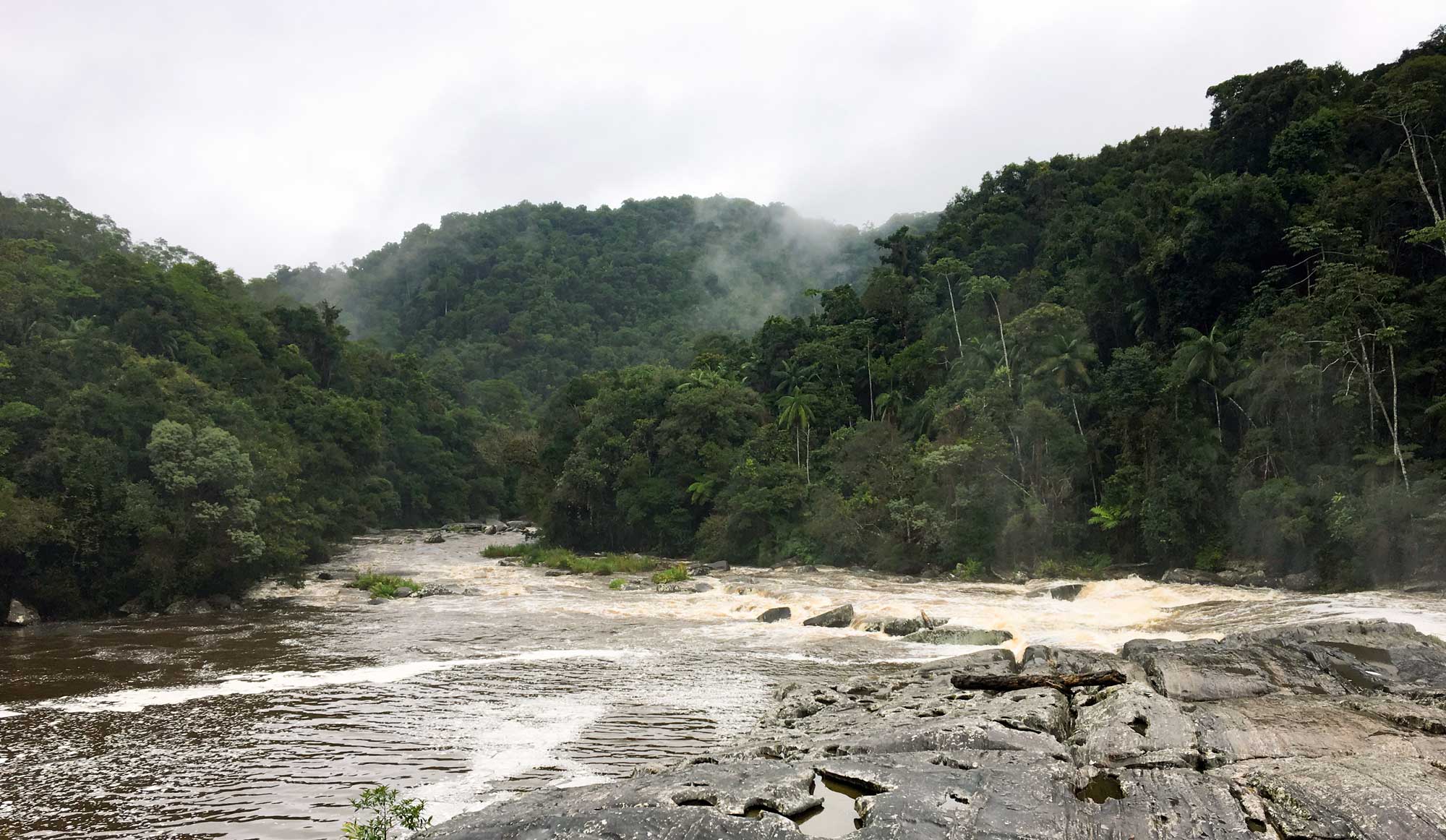heading
PROJECT: SWEDISH WATER HOUSEThe Water-smart Forest and Landscape Restoration Helpdesk (W-FLR Helpdesk)
The linkages between water, forests, and landscapes have a profound importance for water yield, water quality, and hydrological flows. Land-use change will almost always have impacts on the water cycle and water-related ecosystem services in the landscape. Therefore, SIWI is developing the W-FLR Helpdesk to assist water-smart implementation of forest and landscape restoration activities.
The Helpdesk is linked to the implementation of a new and innovative tool on water-smart forest and landscape restoration (W-FLR Tool) that has been developed by SIWI with support from Sida and GIZ. The Helpdesk will provide good examples of water-smart FLR projects, links to available tools and open access publications on the forest-water nexus, as well as frequently asked questions (FAQ). It is thus most beneficial to use the Helpdesk in combination with the W-FLR Tool to accelerate the integration of water into FLR during the UN Decade of Ecosystem Restoration, and beyond, and to help achieve the targets of the Bonn Challenge of restoring 350 million hectares of land by 2030, as well as other relevant restoration goals and commitments.
During the spring 2024, the W-FLR tool is being pilot tested together with the GIZ funded programme Forest for Future (F4F) in selected countries, starting with Benin, Ethiopia, and Madagascar. More information about F4F can be found at: Forests4Future: Giving forests a future – giz.de

Water-smart Forest and Landscape Restoration Tool
Forest ecosystems and water security are highly interdependent. Any forest and landscape restoration effort must consider water aspects as well as being participatory and transparent. SIWI is developing the Water-smart FLR tool, to ensure that forest and landscape restoration initiatives are sustainable and long-term successful.
Water-smart Forest and Landscape Restoration Tool
W-FLR Roadmaps
Resources
The following are SIWI publications with more detailed information about the water-forest-landscape nexus.
Forest and Water Nexus – Introduction
Championing the forest-water nexus: Report on the meeting of key forest and water stakeholders
Forests and Water: managing our connected natural capital
Contribution of the Forest-Water Champions to the Talanoa Dialogue
Managing the forest water nexus: Opportunities for climate change mitigation and adaptation
Unasylva special issue on Forests: nature-based solutions for water
Forest-water connections to achieve the SDGs: A call to action
The essential drop to Net-Zero: Unpacking freshwater’s role in climate change mitigation
Landscape restoration training manual
Participatory land use planning: Training manual
Water Productive and Resilient Landscape Management Technologies
IWRM training manual 1: Principles and practices of integrated water resources management
Agroforestry and Water for resilient landscapes
How landscapes and water mitigate climate change
Water for productive and multifunctional landscapes
Water, forests, people – building resilient landscapes
Water, Forests, People: The Swedish Experience in Building Resilient Landscapes
Background
Forest ecosystems and water security are highly interdependent. Climate change exacerbates the need to support and manage these interdependences in the landscape. Forests are critical to the successful implementation of ecosystem-based climate change mitigation and adaptation, since they provide ecosystem services such as carbon sequestration and storage, hydrological regulation and flood moderation. In addition, forests are water filters and reservoirs which ensure water quality and quantity in a time when water security is increasingly under threat due to climate change. However, forests are also water consumers, and it is important to understand the impacts that different tree species and densities may have on the hydrological cycle. Climate induced extreme events and water scarcity is becoming more serious in many parts of the world, and any action with cross-sectoral implications on water needs to be carefully planned to avoid unintended side-effects. This means that integrated management of forest and water resources is crucial – not the least in forest landscape restoration (FLR).
Forest and Landscape Restoration (FLR) is a long-term, planned process that aims to regain ecological functionality and enhance human wellbeing in deforested or degraded multifunctional forest landscapes. FLR is designed to be a flexible process that includes multistakeholder participation, adequate monitoring and evaluation processes, and adaptive management responsive to social, economic, and environmental change.
Our services
If you are involved in an FLR project or initiative, you will be able to contact us for guidance material and advice on, for example:
- Support in applying the W-FLR Tool.
- Where in the mosaic landscape tree planting would be most beneficial from a water perspective (e.g. enhance infiltration, reduce water erosion, and strengthen the hydrological cycle at different scales).
- Which species selection that is favourable from a water-perspective.
- Density and spacing of the trees to optimise hydrological flows.
- Identification of national policy gaps related to management of the forest-water nexus and capacity development needs at landscape and national levels.
- Support and guidance in capacity development.
- Support and guidance in facilitation and dialogue between stakeholders.

